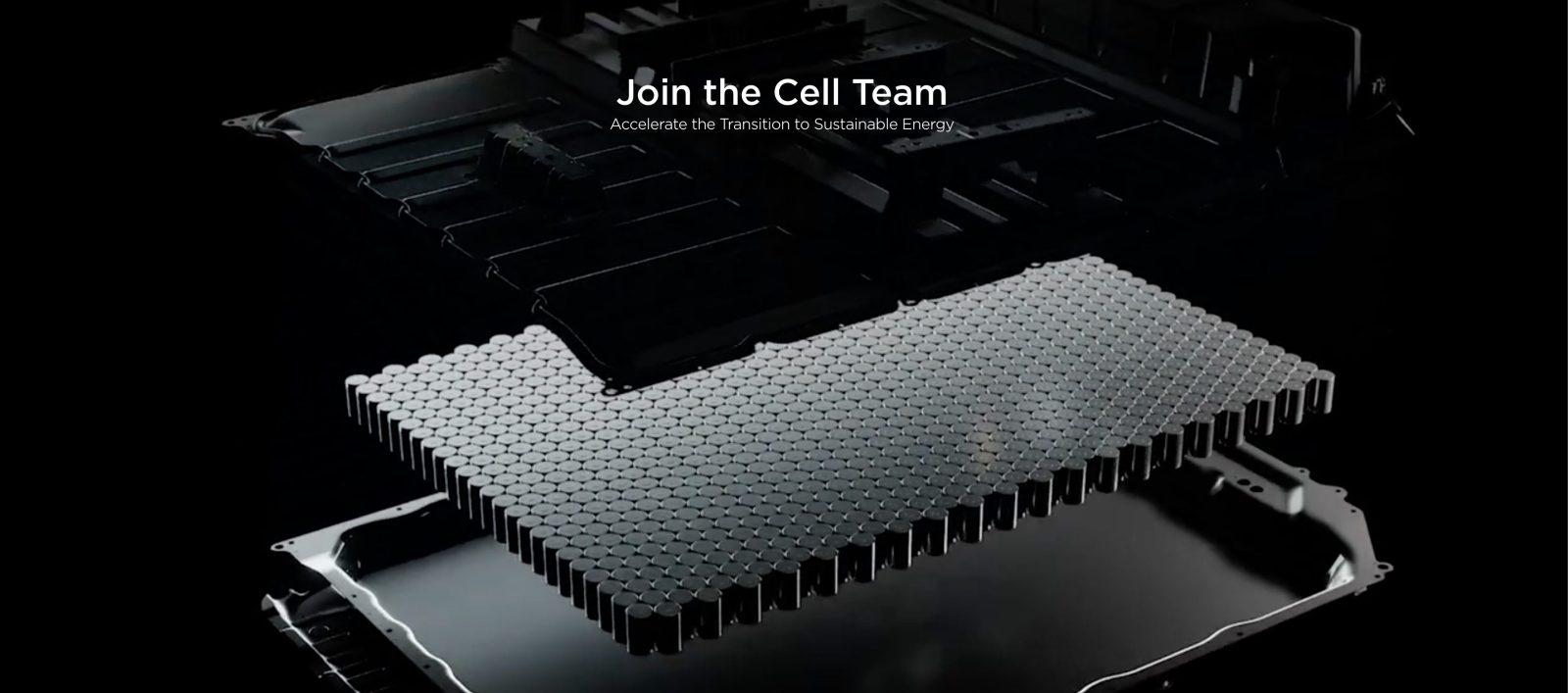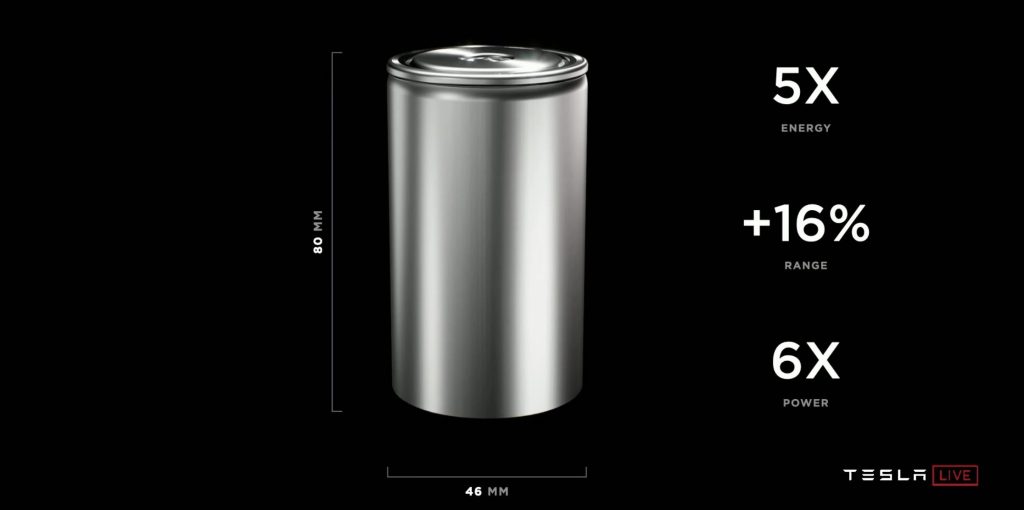
Tesla now says that it expects its own 4680 battery cells to become cheaper than those coming from suppliers by the end of the year.
4680 is a new cell format enabled by new technologies, like tabless cells, developed by Tesla.
It was first unveiled in 2020 with promises of enabling significantly lower cost, more range, and gaster charging.

It was a big bet for Tesla, which had never produced cells before. The automaker was going against giant companies like LG, Panasonic, and CATL, who also happened to be Tesla’s current suppliers.
Tesla stayed on good terms with those because it continues to buy an incredible number of cells from them and plans to continue doing so.
There have been several reports about Tesla having issues with the 4680 program, both with ramping up production and with the cost and performance of the cells.
Now, with the release of its Q1 2024 financial results yesterday, Tesla gave an update on the state of the program.
Lars Moravy, Tesla’s Vice President of Vehicle Engineering, commented:
4680 production increased about 18%, 20% over from Q4 – reaching greater than needed for Cybertruck, which is about 7-gigawatt hours per year as we posted on X. We expect to stay ahead of the Cybertruck ramp with the cell production throughout Q2 as we ramp the third and fourth lines in Phase 1, while maintaining multiple weeks of cell inventory to make sure we’re ahead of the ramp. Because we’re ramping, COGS continues to drop rapidly week over week, driven by yield improvements throughout the lines and production volume increases.
That sounds promising, but without actual data about cost, it doesn’t mean much.
However, Moravy added an interesting comment about the fact that Tesla believes its cells will beat nickel-based cells from suppliers based on cost by the end of the year:
So, our goal, and we expect to do this, is to beat supplier cost of nickel-based cells by the end of the year.
The reference to “nickel-based cells” is due to exclude lithium-phosphate (LFP) cells, which Tesla doesn’t produce but uses in most of its vehicles. Nickel-based cells have higher energy-density and are used in electric vehicles with longer range.
Tesla’s 4680 cells are currently exclusively used in the Cybertruck.
Electrek’s Take
If true, it is impressive. I know that the general consensus amongst analysts is that the 4680 program is not going very well, but if Tesla went from not being a cell manufacturer to being a high-volume cell manufacturer with a cheaper cost than the competition within 5 years, it is impressive.
Also, Elon pretty much confirmed that the 4680 program was born out of a concern that with other automakers ramping up their battery cell orders, it would put a lot of pressure on prices at its suppliers.
But with several major automakers naively slowing down their EV efforts, that has removed some of that pressure – making the 4680 program less critical. That sounds about right to me.
FTC: We use income earning auto affiliate links. More.
